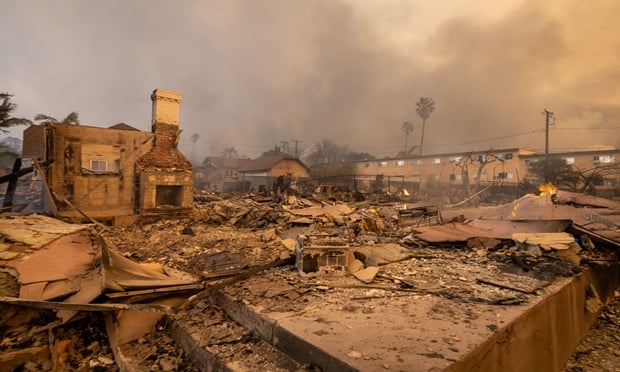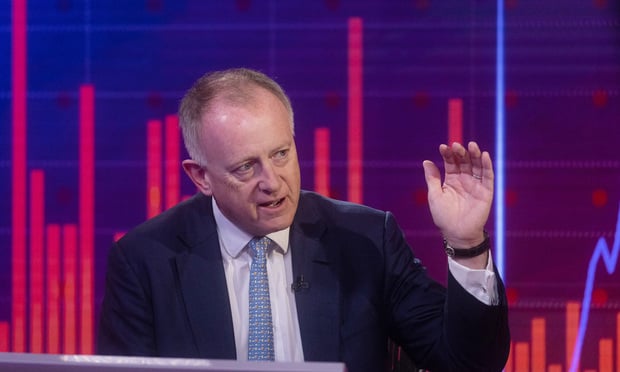Catastrophe-reinsurance pricing will likely see a low-double-digit drop at Jan. 1 renewals thanks to the “quietest U.S. Atlantic hurricane season in decades,” says Fitch Ratings.
This hurricane season saw the fewest named hurricanes since 1982 and no major hurricanes, Fitch says.
The light activity should translate to higher industry earnings, says Fitch, but “much of the extra profit is likely to be returned to investors through dividends and share buybacks.”
Recommended For You
Want to continue reading?
Become a Free PropertyCasualty360 Digital Reader
Your access to unlimited PropertyCasualty360 content isn’t changing.
Once you are an ALM digital member, you’ll receive:
- Breaking insurance news and analysis, on-site and via our newsletters and custom alerts
- Weekly Insurance Speak podcast featuring exclusive interviews with industry leaders
- Educational webcasts, white papers, and ebooks from industry thought leaders
- Critical converage of the employee benefits and financial advisory markets on our other ALM sites, BenefitsPRO and ThinkAdvisor
Already have an account? Sign In Now
© 2025 ALM Global, LLC, All Rights Reserved. Request academic re-use from www.copyright.com. All other uses, submit a request to asset-and-logo-licensing@alm.com. For more information visit Asset & Logo Licensing.








